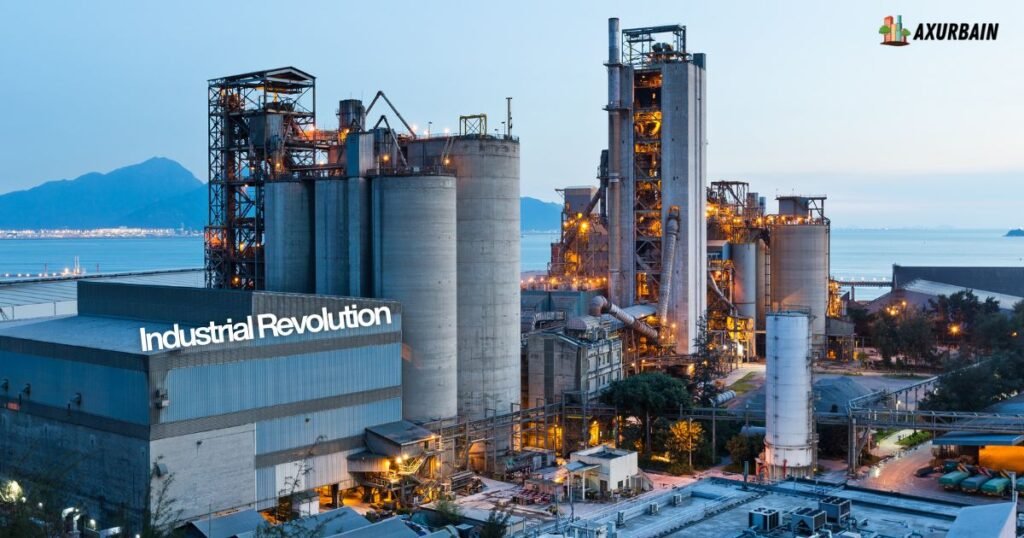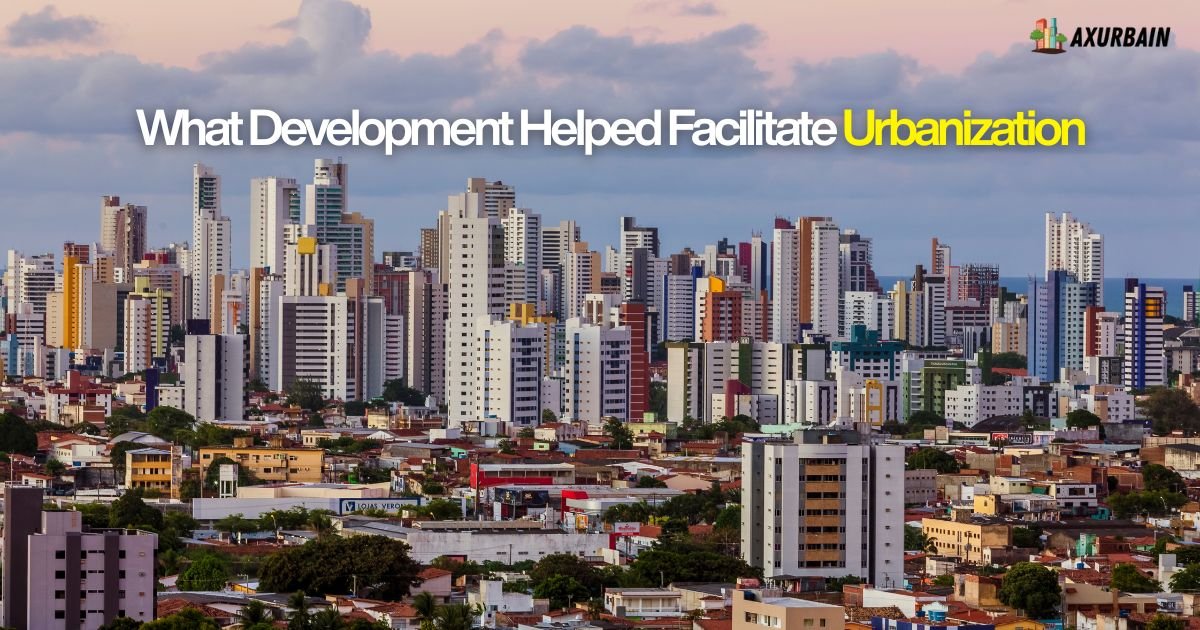Table of Contents
ToggleWhat is Urbanization, and why does it matter?
Urbanization is when more and more people start living in cities instead of the countryside. It means towns grow bigger, new neighborhoods appear, and city life becomes the center of work, education, and culture.
Urbanization changes how people live and work. It creates jobs, boosts businesses, and encourages new ideas and technologies. Cities also become cultural and social hubs. But it can bring problems too, like crowded streets, pollution, and pressure on housing and services.
The Shift from Rural Settlements to Urban Centers
People moved from small farming villages to larger towns and cities for many reasons. One big reason was the need for jobs. Cities offered factories, shops, and other places to work, while rural areas mostly focused on farming. Cities also provided better opportunities for education, healthcare, and entertainment. Over time, these conveniences attracted more people, leading to the growth of urban areas.
Technological advancements, like better transportation and machines for farming, made it easier for people to leave rural areas and settle in cities. This shift changed how people lived and worked, shaping our modern world.
In this post we will learn in detail about What Development Helped Facilitate Urbanization?
Early Roots of Urbanization
Agricultural Revolution (Neolithic Era)
Urbanization started long before modern cities. The first significant change came during the Agricultural Revolution, the Neolithic Era.
People shifted from hunting and gathering food to farming and growing crops.
Surplus Food and Permanent Settlements
Farming allowed communities to produce more food than they needed. This surplus food supported larger populations and let people settle in one place instead of constantly moving.
Division of Labor
With enough food to feed everyone, not everyone needed to farm. People could specialize in making tools, trading goods, or running the community. This division of labor was crucial for the growth of towns and early cities.
Examples of Early Cities
Some of the first known cities appeared in:
- Mesopotamia (modern Iraq) – with organized streets and marketplaces.
- The Indus Valley (modern Pakistan and India) is known for planned city layouts and sanitation.
- Egypt – cities grew around the Nile with administrative centers.
- Ancient China – early urban centers with walls and government buildings.
Importance of Irrigation and Infrastructure
These early cities built irrigation systems, canals, and storage facilities to support growing populations. Infrastructure helped manage water, food, and trade, making city life more sustainable and organized.
In urban development you can learn all info on Axurbain.
The Industrial Revolution – The Major Turning Point

The Industrial Revolution was a significant historical turning point that changed how people lived and worked. It happened in the 18th and 19th centuries and led to the rapid growth of cities.
Factories and Mechanization
The rise of factories was at the heart of the Industrial Revolution. New machines made work faster and more efficiently, so industries could produce more goods.
Core sectors included:
- In the textile industry, machines like spinning jennies and power looms produced fabrics quickly.
- Iron and steel – stronger materials helped build machines, bridges, and railways.
- Coal mining – fueled steam engines and powered factories.
- Machinery – automated production reduced manual labor.
These industries created many jobs, attracting people from rural areas to urban centers.
Technological Inventions
Several inventions made industrial growth possible:
- Steam engine – powered trains, ships, and factories, speeding up transport and production.
- Mechanized looms allowed textiles to be made faster and cheaper.
- Electricity – later provided light, power, and longer working hours.
These technologies transformed cities, making them centers of production and innovation.
Mass Migration to Cities
As factories grew, rural workers moved to cities for jobs and better income.
- Cities like London, Manchester, New York, and Berlin expanded rapidly.
- Migration changed the social structure, creating a diverse workforce in urban areas.
Impact on Population Density
The population in cities doubled or even tripled within a few decades.
- Dense neighborhoods and new housing developments appeared.
- This rapid growth required better infrastructure, like water, roads, and sewage systems, to support urban life.
Transportation Developments
Transportation has been a key factor in urbanization. Better movement of people and goods allowed cities to grow, trade to expand, and economies to flourish.
Participate the latest discussion about this development on reddit.
Railways
The invention of railways connected rural areas with cities like never before.
- Workers could commute from nearby towns to urban factories.
- Goods could be transported quickly from farms or mines to markets and factories.
- Railways encouraged the growth of new cities and industrial hubs along their routes.
Canals & Ports
Before railways, canals, and ports played a significant role in city growth.
- Canals allowed bulk transport of raw materials like coal, iron, and grain.
- Ports enabled cities to trade globally, bringing in finished goods and exporting products.
- Cities near water routes, like London and Amsterdam, flourished as trade centers.
Road Networks & Automobiles
In the 20th century, roads and automobiles transformed urban living.
- Cars and buses made daily commuting easier, expanding the reach of cities into the suburbs.
- Improved roads allowed for efficient delivery of goods and better access to markets.
- Suburban areas grew, changing the shape and size of urban regions.
Overall, transportation systems are the backbone of urban growth. They connect people to jobs, goods to markets, and cities to regions. Without efficient transport, urbanization would have been slow and limited.
Infrastructure & Technological Innovations
Infrastructure and technology have played a vital role in supporting urban growth. One of the most important developments was the creation of a reliable water supply and sewage systems. These systems reduced the spread of cholera and made city living much healthier. Clean water and proper waste disposal allowed populations to grow safely, making urban life sustainable.
Electricity was another game-changer. It powered factories, homes, and public lighting, enabling industries to operate efficiently and streets to remain safe after dark. The availability of electricity also improved the quality of life for city residents. It allowed for longer working hours, further fueling urban growth.
Communication technology, such as the telegraph and telephone, transformed business and administration. These innovations enabled faster coordination between cities and regions, helping companies to operate more efficiently and linking markets in previously impossible ways.
As cities denser, architecture evolved to meet the growing demand for space. Skyscrapers and modern buildings allowed vertical expansion, making it possible to accommodate more people and businesses within limited land areas. This vertical growth became a defining feature of contemporary urban landscapes and reshaped cities’ function.
Modern Era Urbanization (20th–21st Century)
Urbanization continued accelerating in the 20th and 21st centuries, but the driving forces shifted from factories to technology and global connections.
- Automobiles & Highways: The rise of cars and improved roads allowed people to live farther from city centers. This led to the growth of suburbs and metropolitan areas, expanding cities horizontally.
- Digital Revolution: Technology transformed city life. Smart cities emerged, using digital tools to improve transport, communication, and public services. Tech-driven economies created new IT, finance, and services jobs, attracting more urban residents.
- Globalization: Cities became international business hubs. Urban centers attracted foreign investment, skilled workers, and trade, connecting local economies to global markets.
- Migration Trends: People from rural or economically disadvantaged regions moved to cities seeking jobs, education, and healthcare. This migration contributed to the growth of megacities and made modern urban areas more diverse and dynamic.
Conclusion
The Industrial Revolution was the main development that fueled urbanization, creating jobs, industries, and new opportunities in cities. However, it did not work alone; agricultural advances, transportation improvements, technological innovations, and social changes all supported the growth of urban areas.
Today, urbanization continues, but the main drivers have shifted. Digital technology and globalization shape cities, creating smart, connected, and economically vibrant urban centers.
Understanding these historical and modern developments helps us plan and build more sustainable and livable cities for the future, balancing growth with quality of life, infrastructure, and the environment.




